-
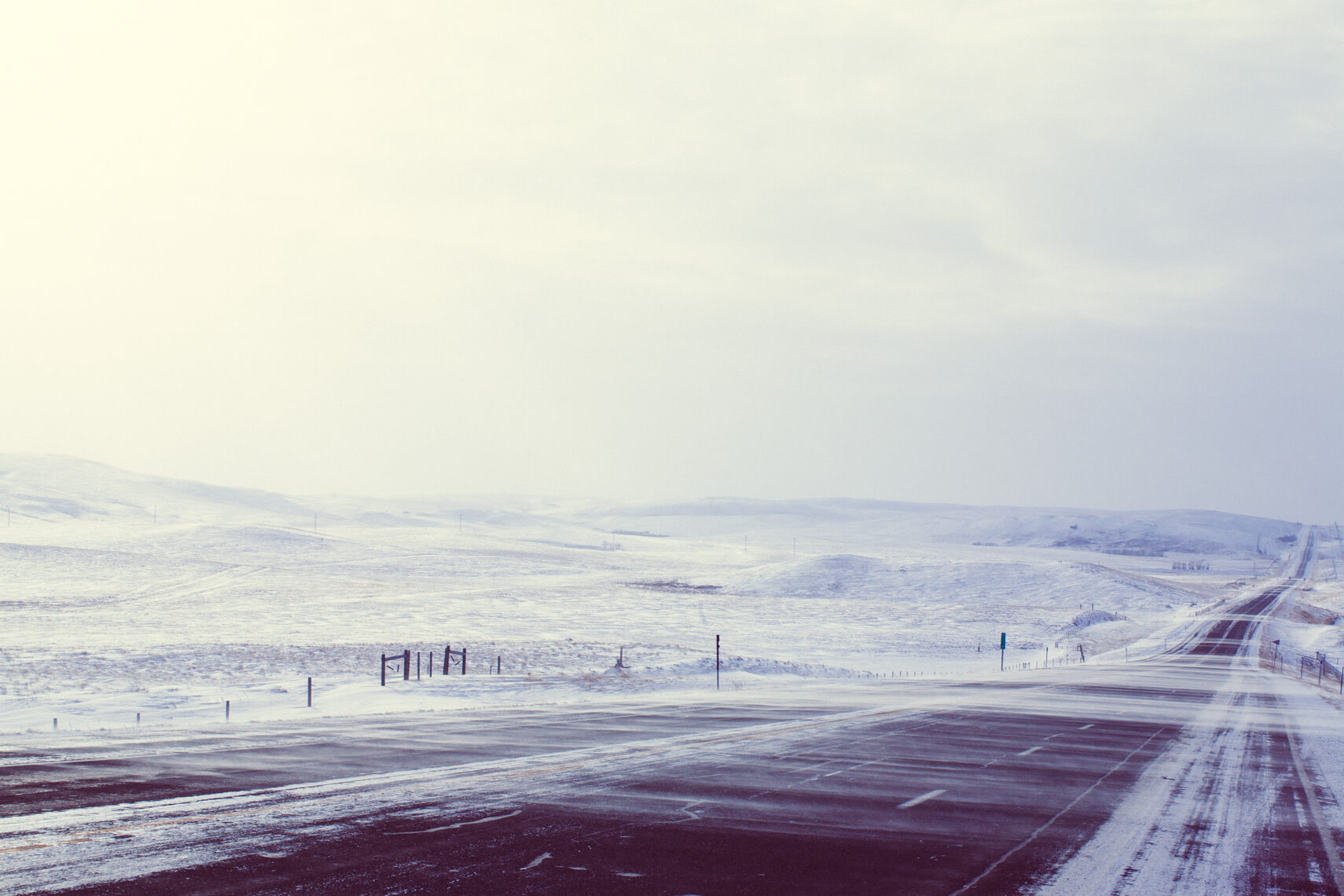
Driving north to Calgary years ago the road just out of Browning disappeared in a snowstorm. It was night and we couldn’t see anything but white in the headlights of our old Toyota pickup. We decided to spend the night at a cheap motel in Browning and wandered the streets of the small town looking for a place to eat. The best we could do for food was the local Subway but the conversations he had with the locals were invaluable and planted the seed for what was to become Where God Likes to Be.
-
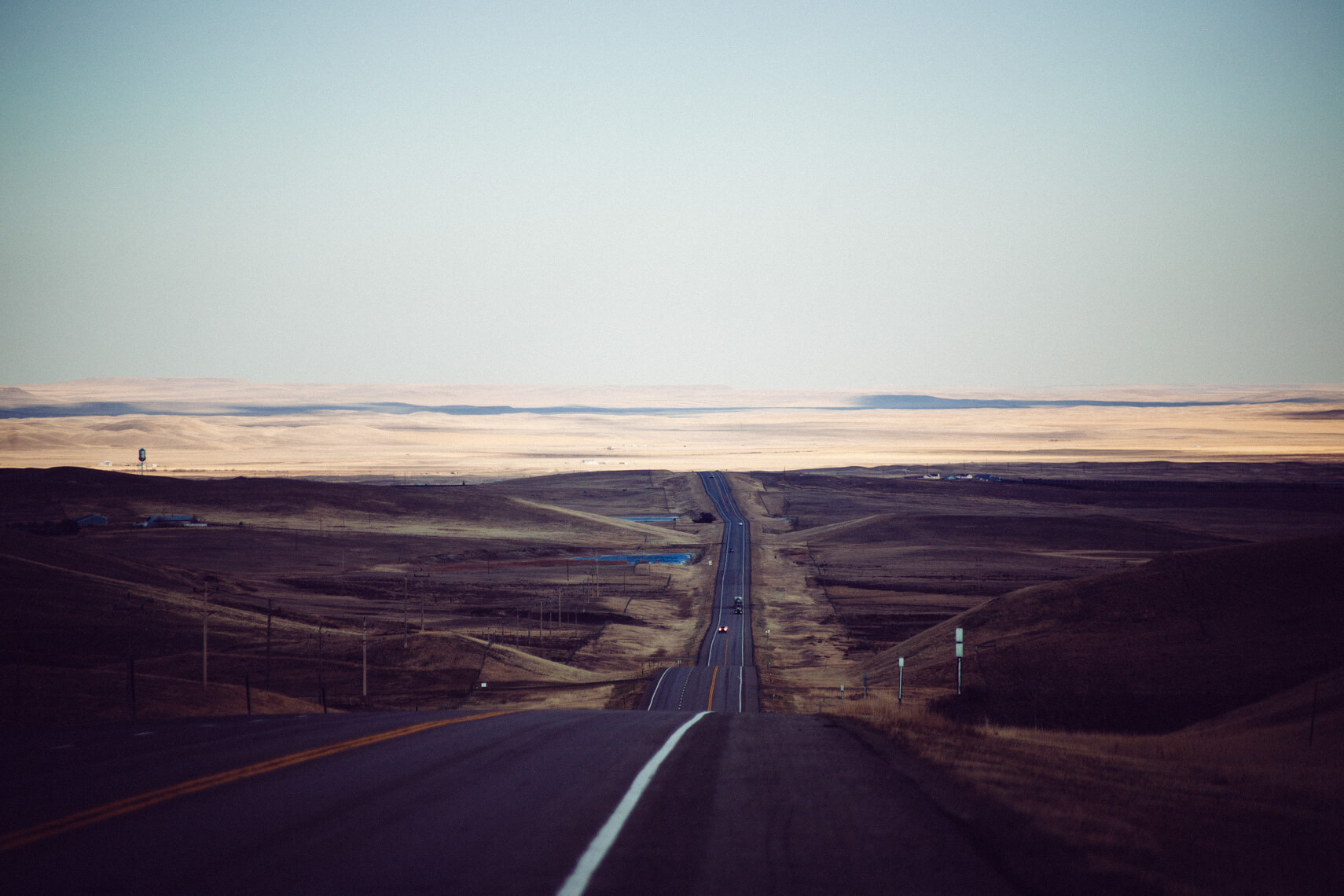
We returned to the reservation nearly a decade later. This time our visit was not by accident and our stop not forced by weather. We planned to stay and further explore our vision for a documentary film. Never would we have expected that what had been nothing more than an idea so long ago would develop into a project lasting years to come.
-
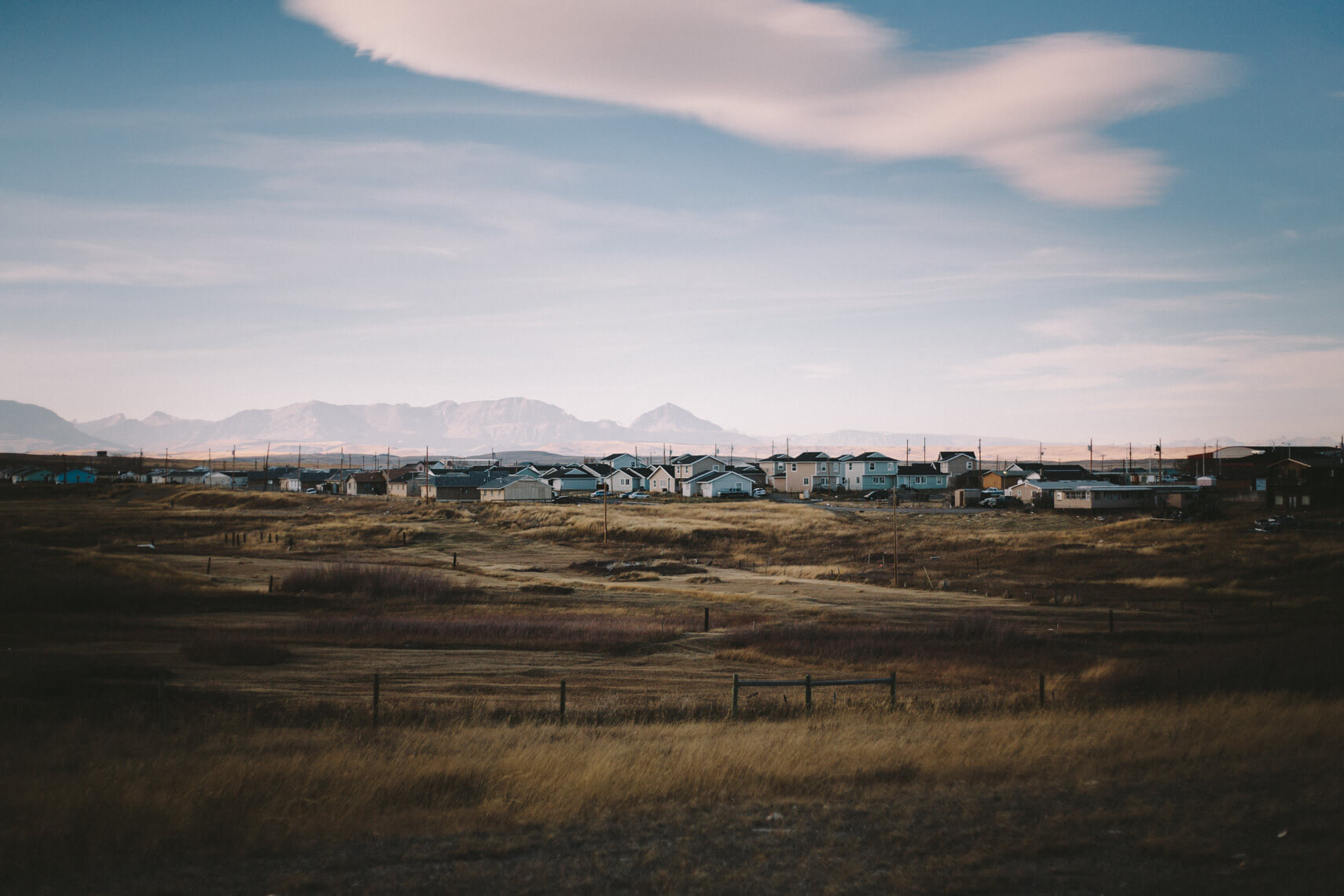
The Blackfeet have been living on these lands since time immemorial. While life is not easy on the eastern side of the Rocky Mountain front there are deeper reasons why the Blackfeet have held on to their traditional home. We often quietly recognized the different, contrasting energies this place holds. The more time we spent here the deeper our understanding grew of the situation young American Indians find themselves in today.
-
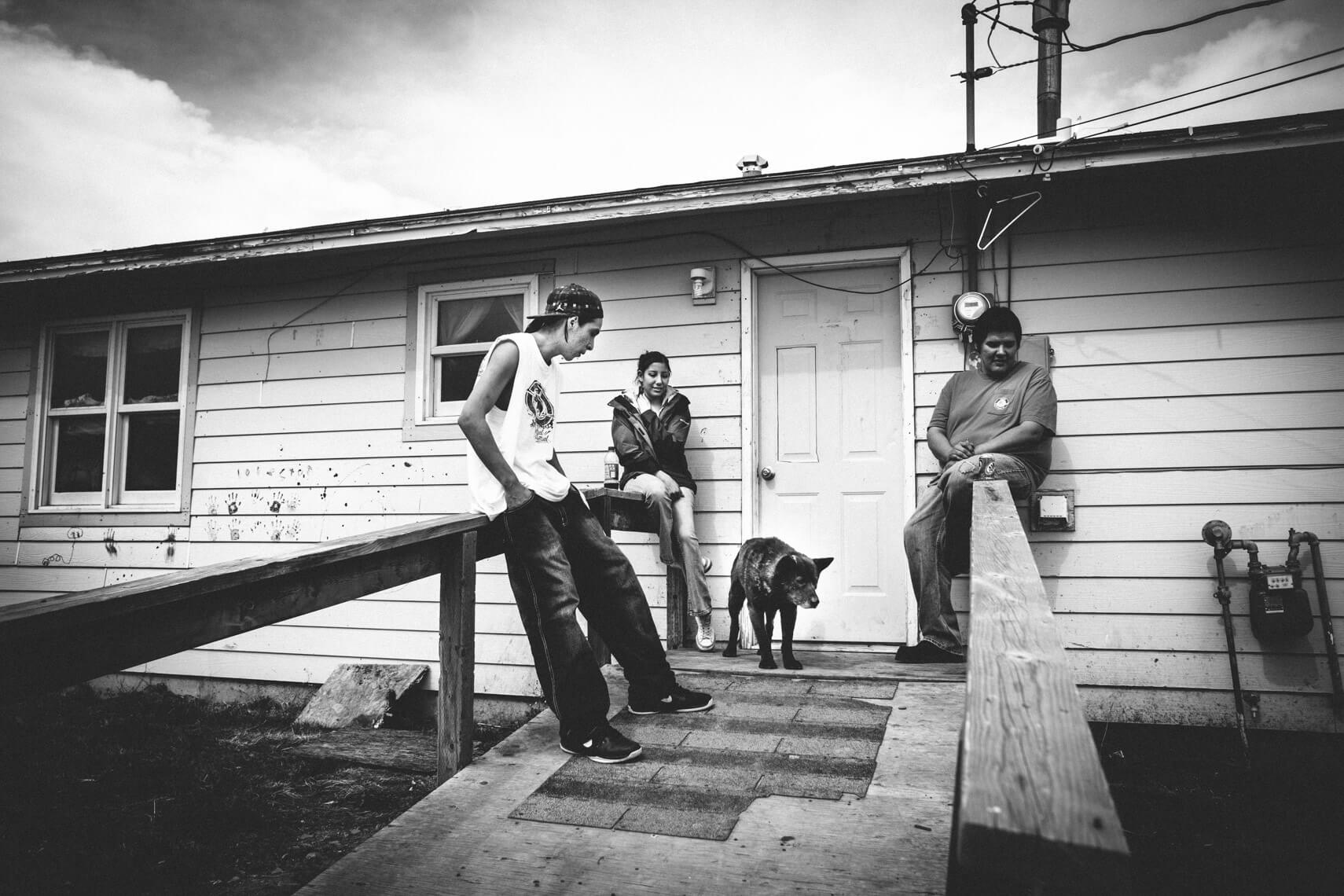
We didn’t know what to expect before we started research on the reservation. Outsiders made us aware that people might not be open to talking to us and that it would take us a long time to build trust. “Who is going to benefit from this?” was a question we were often asked by people we met in Browning. The most important thing we learned right from the start was that the Blackfeet were willing to help us with this film – if it was something we made with them and for them.
-
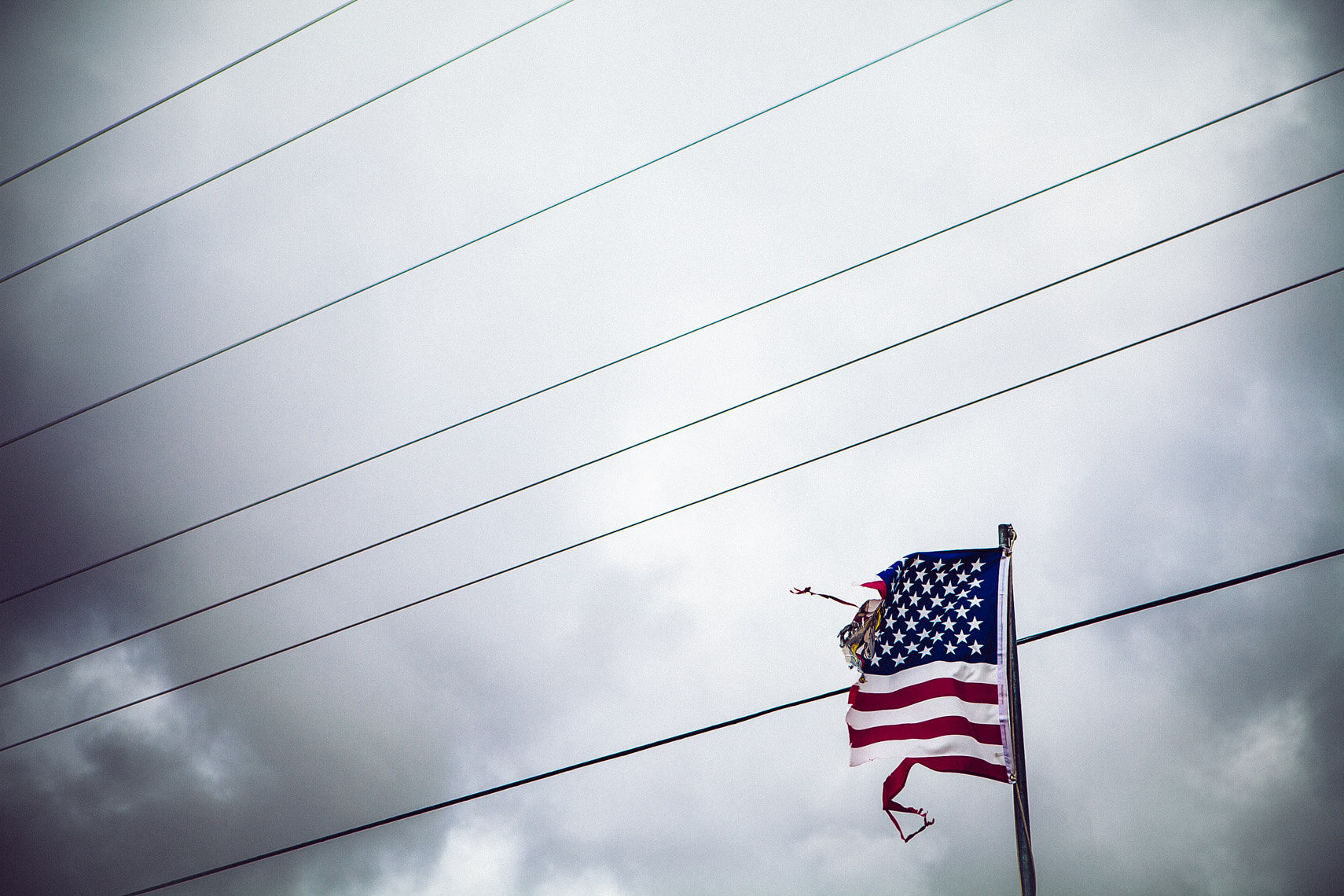
A common theme we found was that people – young people in particular – often didn’t know how to relate to America and had a hard time feeling proud to be American. How do you connect to a country that has committed genocide on your people less than 150 years ago? How do you feel about having to live in this country and having nowhere else to go?
-
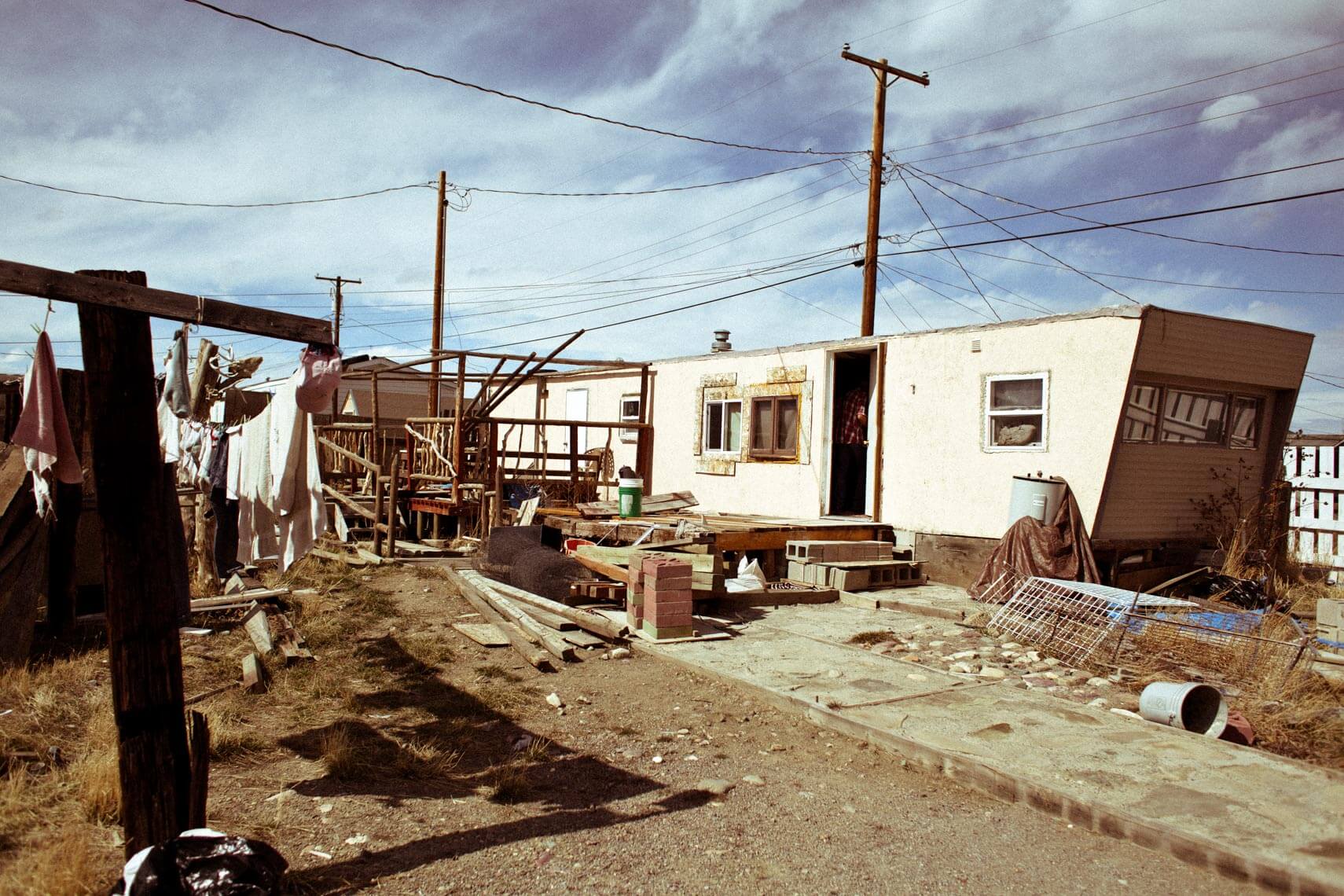
The living conditions can be harsh, there are not many opportunities – there is immense poverty, the unemployment and crime rates are high. There is also a strong sense of community and camaraderie. We found ourselves caring deeply for the people who were willing to share their stories with us. Almost everyone we spoke to told us about feeling a need to be on their homeland, despite the hardships that come with living there.
-
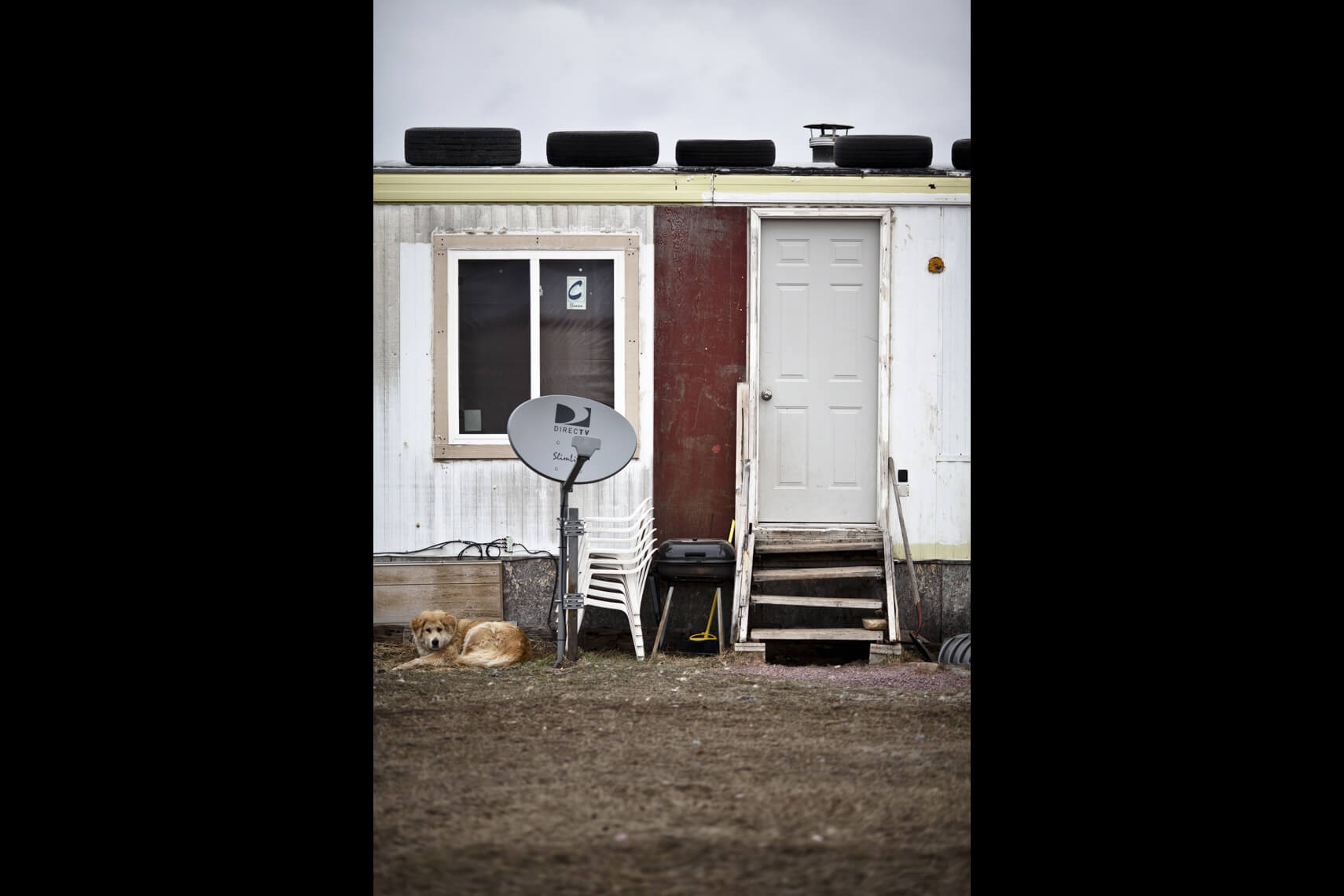
Never had we encountered a place so visually and culturally unique. We often found ourselves in deep disbelief that the all American towns we had known all of our lives were only a short drive away. We encountered so much we wanted to share that we could do nothing but commit to making
Where God Likes to Be.
-
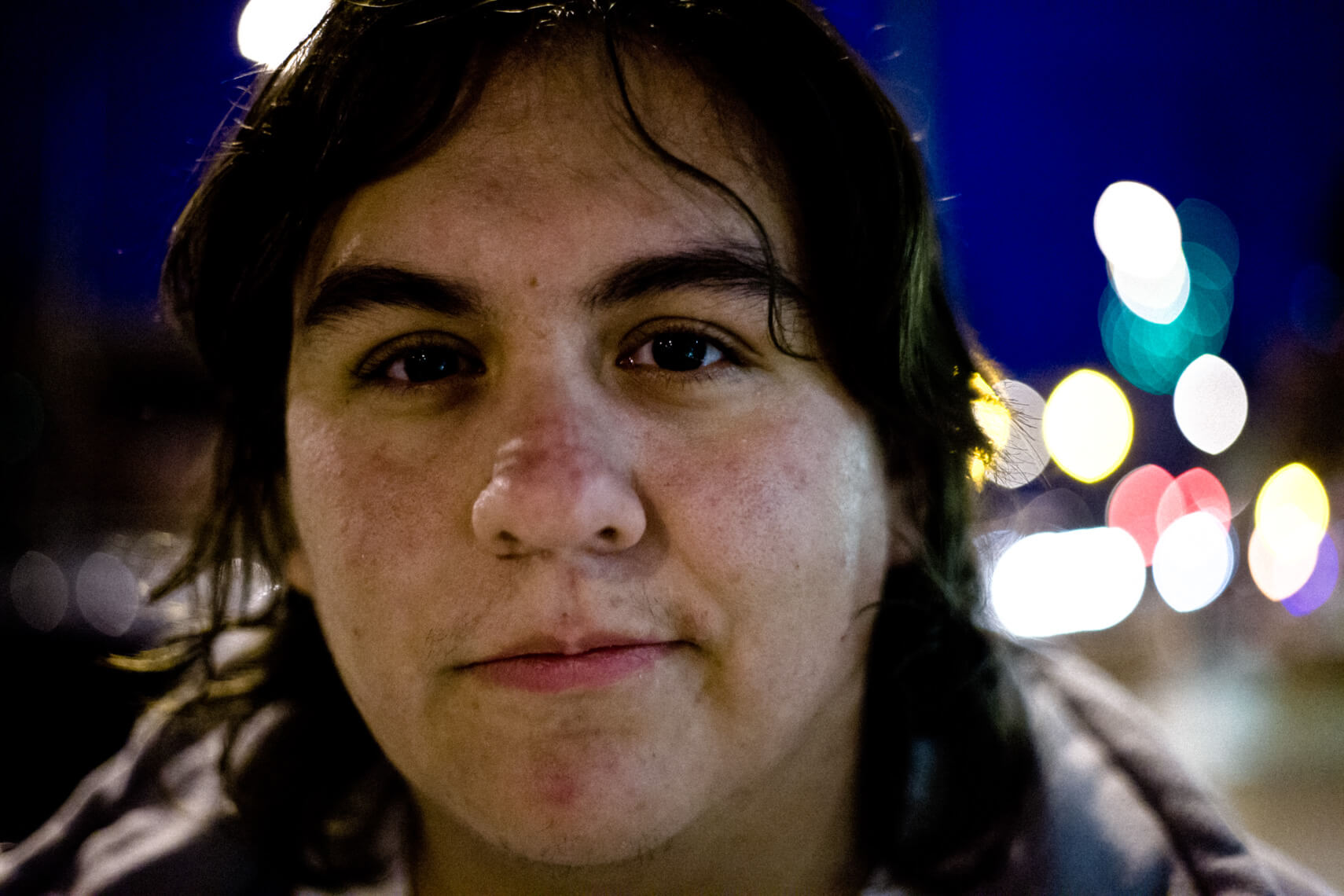
We had read about Eddie in a newspaper article about American Indian bands. He was featured with his trash metal band “Nothing Survives” and called Browning a “refuge for Indian culture”. At the time Eddie was attending the University of Missoula working towards a degree in vocal performance. We met him at Liquid Planet in Missoula and asked him if he would consider being filmed and interviewed. The first time we filmed with him was during his final exams singing Opera beautifully.
-
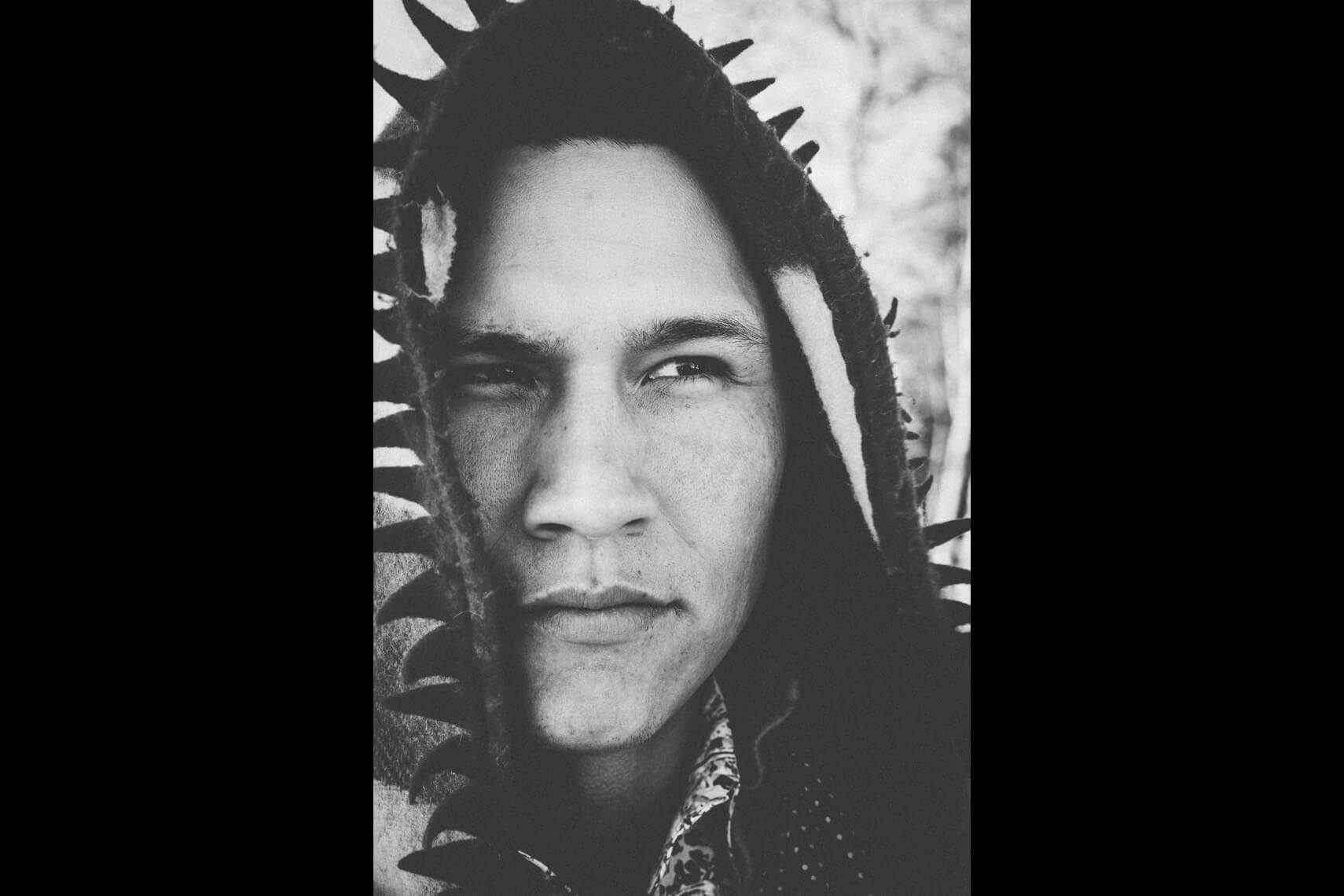
Doug was introduced to us by members of the extended family of his wife, Triston. Triston’s aunt Patty La Plant was the first Blackfeet person with whom we shared the idea of making the documentary film. During our first conversation Patty mentioned the German word “Heimat” which has no real English equivalent and describes the relationship a human being has to their home or homeland. It was something she wanted us to keep in mind when making the film and hoped that it would make outsiders understand why the Blackfeet need to be where they are, despite the barriers that may exist to a better life.
-
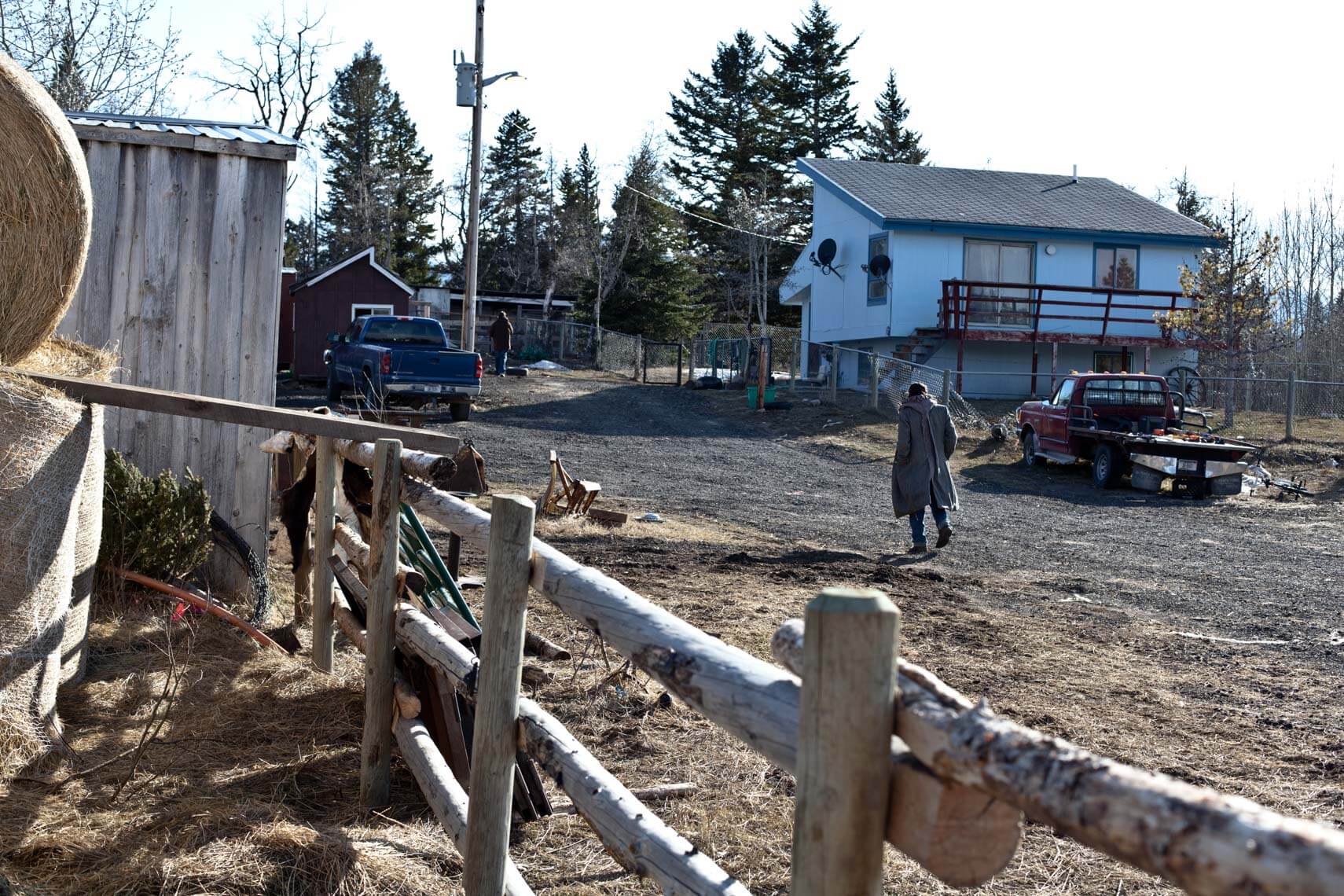
When we met Doug he was 21 and his wife, then girlfriend, Triston was pregnant with their first daughter. He was living in a small house with his grandfather, his mother, and three siblings. His story represented one of many stories like his that we heard from young people on the reservation. He was raised by his grandparents, grew up without a father, is committed to his family and does not want to leave the reservation. He told us that although it was obviously hard to make a good living on the reservation there were trade-offs that were life serving for him and that he was dedicated to the survival of his culture.
-
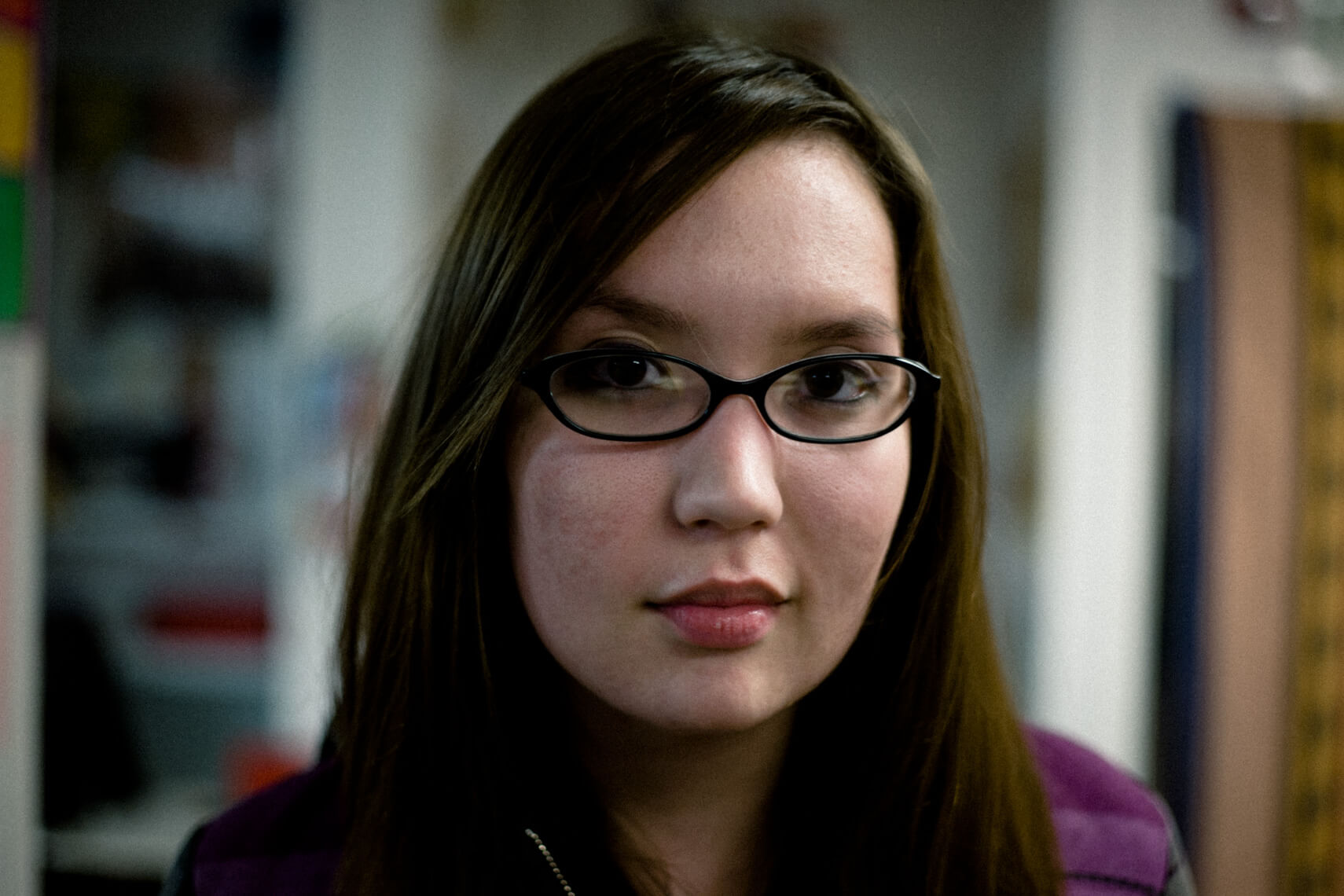
Lorrie Tatsey, a teacher from Browning High School mentioned Andi to us. Andi was about to graduate and was planning to move to Missoula to attend University. Like Doug Andi grew up with her grandparents and without a father. Her grandfather had just passed away a couple of weeks before we met her in a classroom at the high school on a winter evening. Little did we know then that Andi’s grandfather’s stories and wisdom would become a fundamental part of making Where God Likes to Be.
-
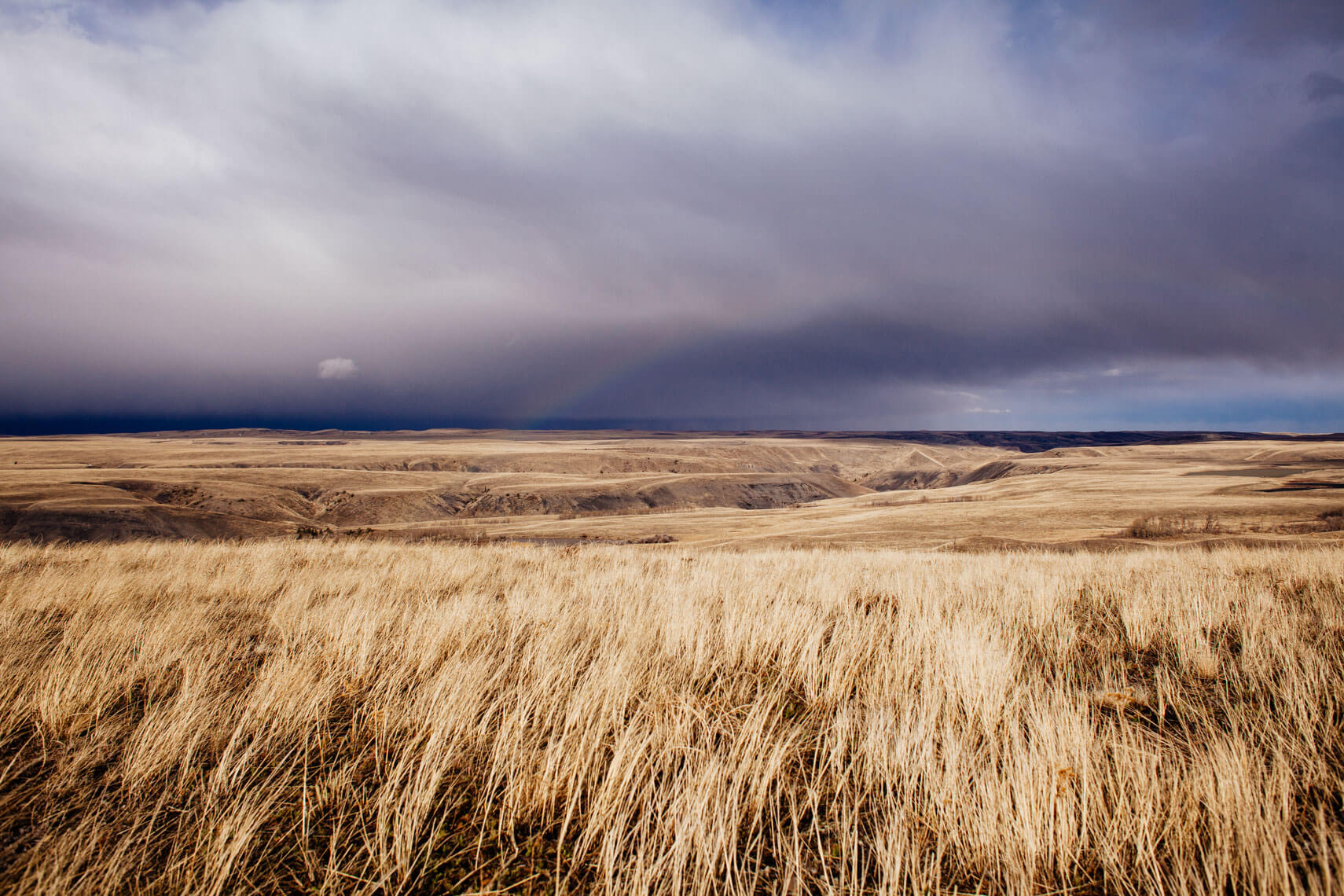
The reservation is a powerful place and a sacred area that provides strength, subsistence, and cultural identity to many members of the Blackfeet tribe. Today, vast parts of the reservation have been compromised due to oil and gas leases. There are initiatives now that work towards the cancellation of these leases and strive for conserving the natural, recreational, cultural, and spiritual resources of the Blackfeet. However, there is much corruption and contrasting efforts. Our hope is that this beautiful part of the world is not further exploited in the years to come.
-
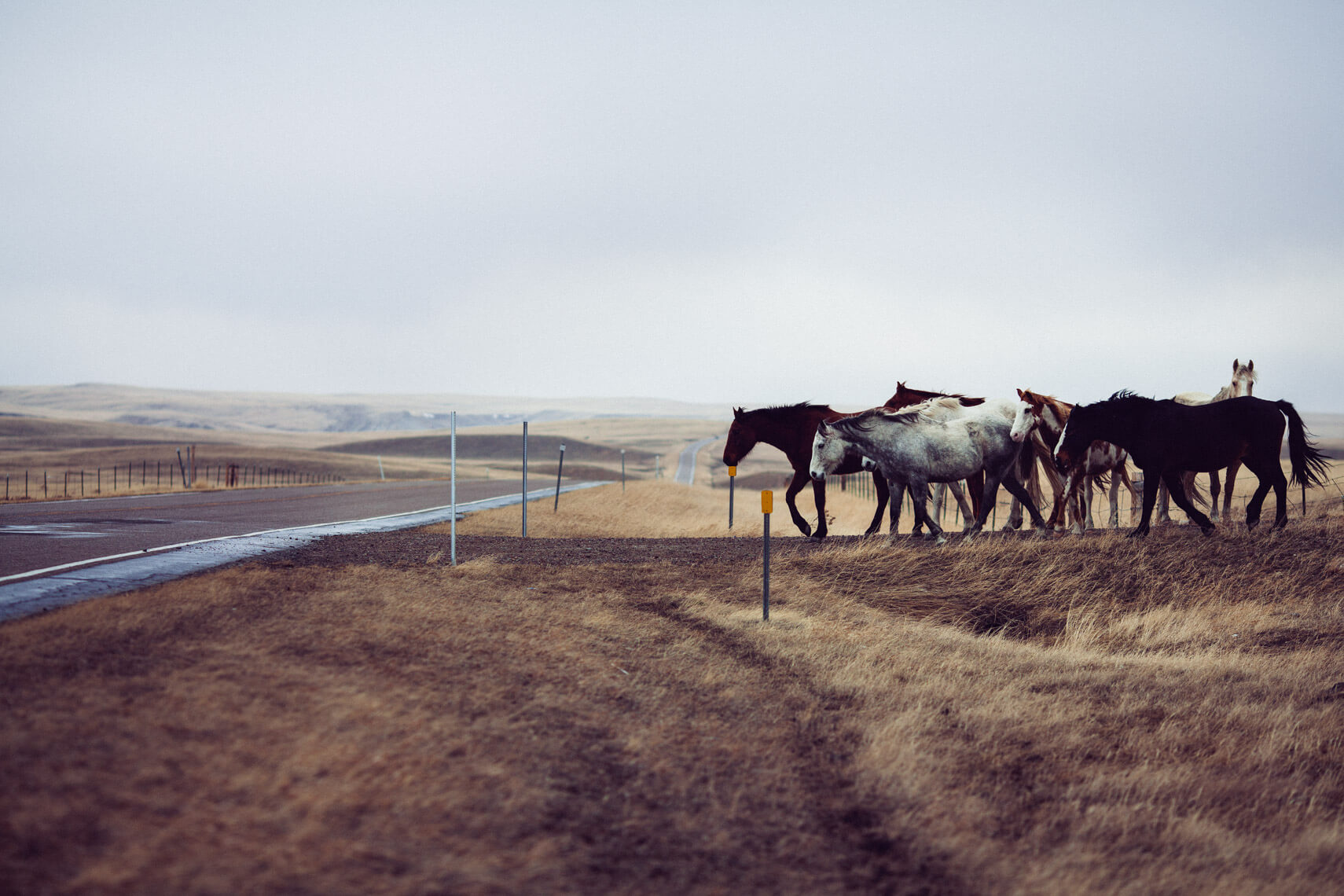
There were many challenges during the production of Where God Likes to Be – although they were much different from the anticipated ones. We ran into some problems with the federal government and Homeland Security (we didn’t take advantage of the generous offer by our Blackfeet friends to send a war party). Due to the way we went about making this film – taking a lot of time, finding a positive angle, staying independent - we ran out of funding many times. This taught us the importance of good guidance and the wisdom we received from Darnell and Robert “Smokey” Rides at the Door.
-
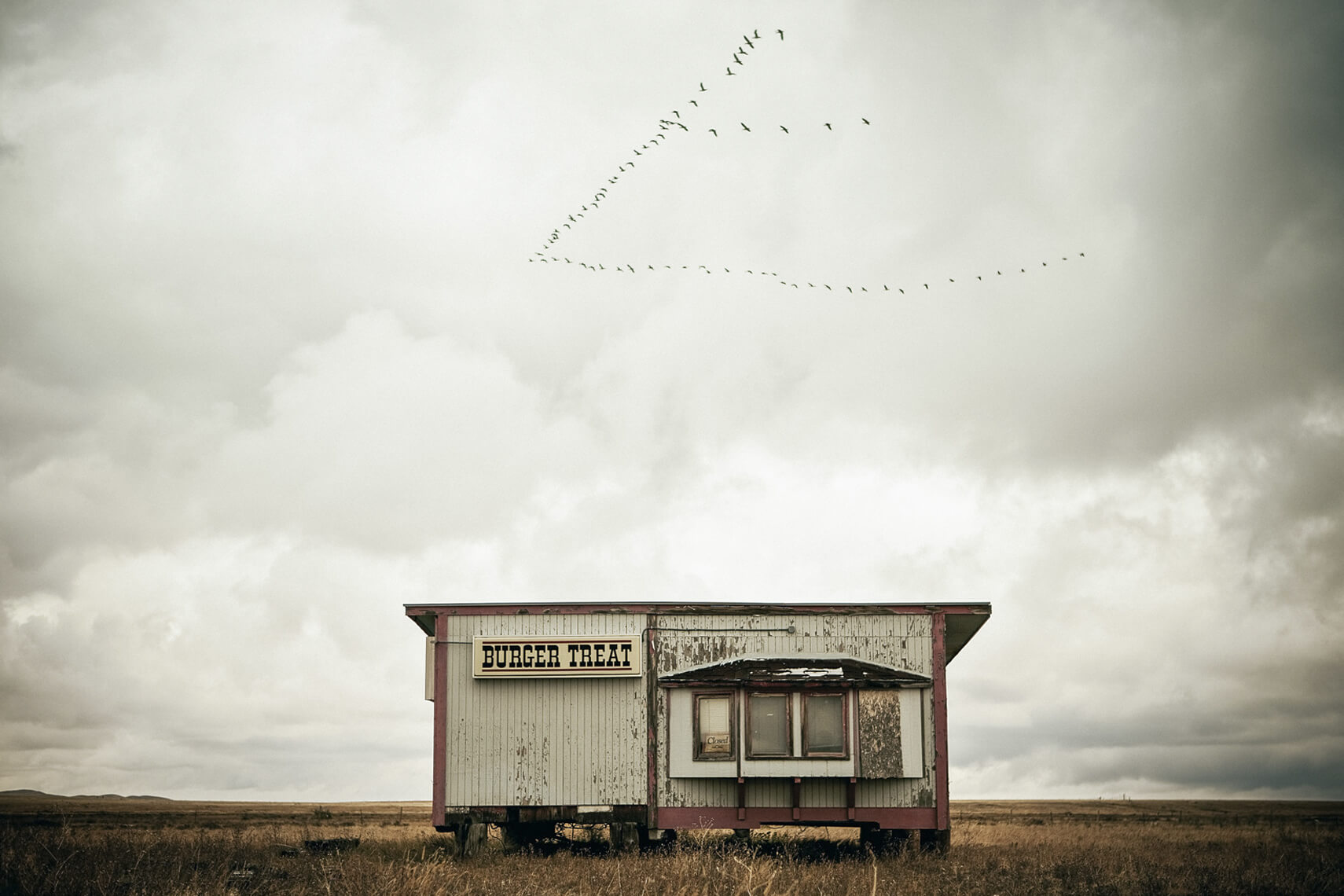
A year after we started work on Where God Likes to Be we packed our bags. Photographer Heath Korvola was with us and took this picture shortly before our departure. To us he represents one of the many people who helped make this vision a reality and who believed in this film – even in times when we struggled to push through the challenges.
-
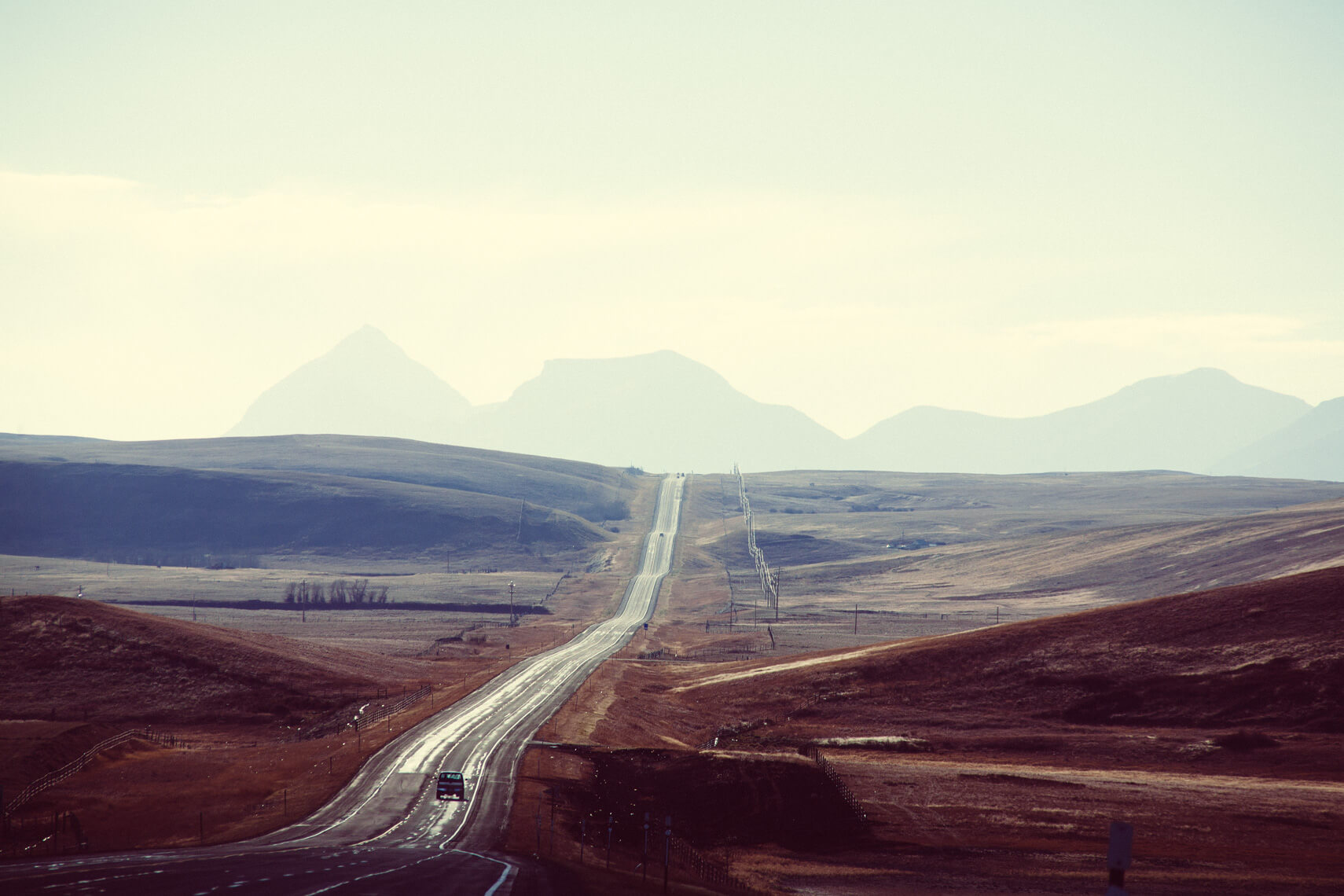
As we drove towards the Rocky Mountain front, leaving the reservation behind and knowing that we wouldn’t be back for a while we could not have felt more gratitude for the experience we had and looked forward to the next step in the journey of making this film. The rest is history: Months and years of editing in Hamburg and Berlin, Germany, taking an unfinished version of the film to New York City and being embraced by the IFP family and bringing the finished film back home to Montana before showing it around the world. Looking back now it is quite astonishing what a snowstorm can lead to…!

















